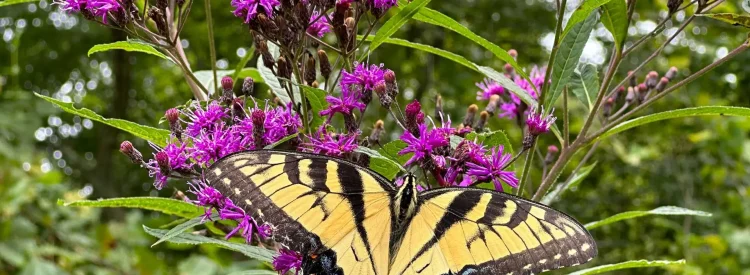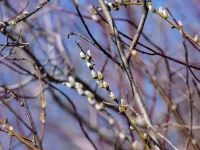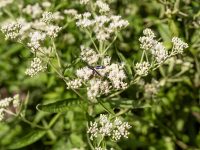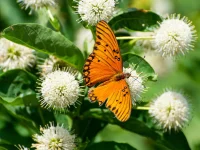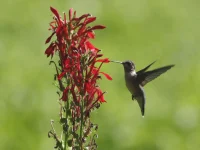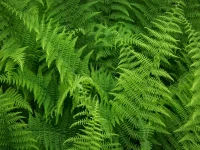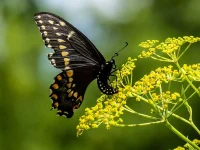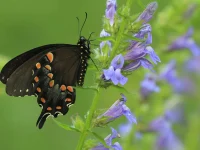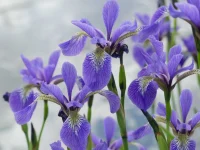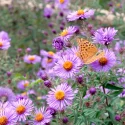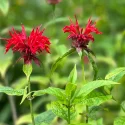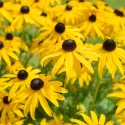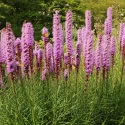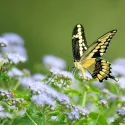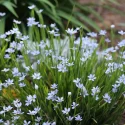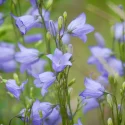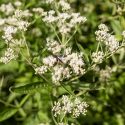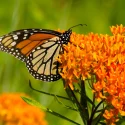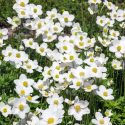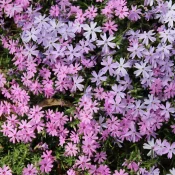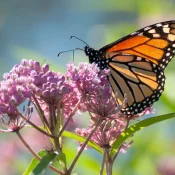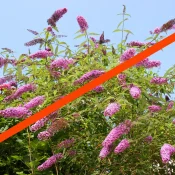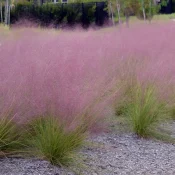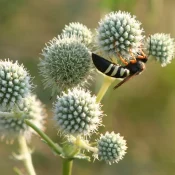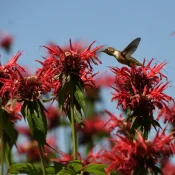Ironweed is one of the boldest late-summer bloomers you can plant. With strong stems and clusters of deep purple flowers, it towers above other plants and keeps pollinators fed when much of the garden is winding down. Yes, some species can get tall (up to 10′), but don’t let that scare you. Planted in the back or middle of a sunny, moist garden, ironweed is a showstopper. With more than 25 species native to North America, there’s likely an ironweed that belongs in your yard.
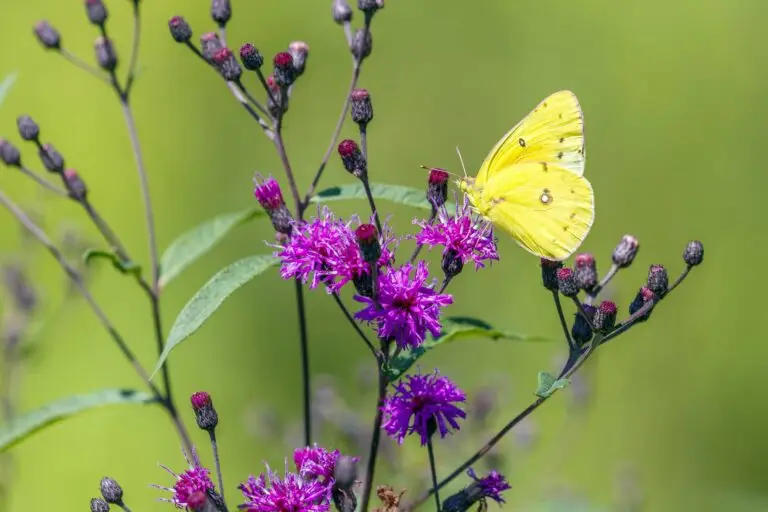
Is ironweed a good choice for my yard?
Yes, if…
- You have a sunny spot with consistently moist soil (rain gardens, low areas, near downspouts).
- You want a tall plant to anchor the back or center of your garden.
- You’re building a pollinator garden that shines in late summer and fall.
- You like big, bold blooms that return every year.
Why ironweed matters
- Pollinator support: Feeds butterflies and bees at the end of the season.
- Perennial reliability: Plant once, and it comes back stronger each year.
- Tough beauty: Sturdy stems, resilient flowers, and saturated purple color.
- Native diversity: With 25 species across North America, ironweed belongs in many regions.
New to native?
Before lawns and landscaping, native plants were here. They’ve fed birds, bees, and butterflies for thousands of years—and they’ll do the same in your yard. The best part? They’re easier to grow than you think.
Native ironweeds
There are 25 species of ironweed native to North America. Here are a few you might find at native nurseries:
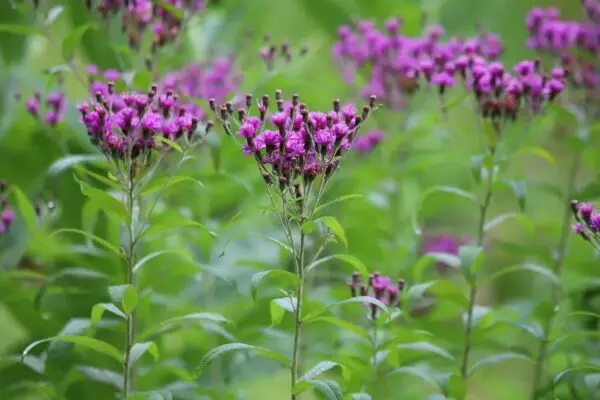
Curlytop or Arkansas Ironweed
Vernonia arkansana
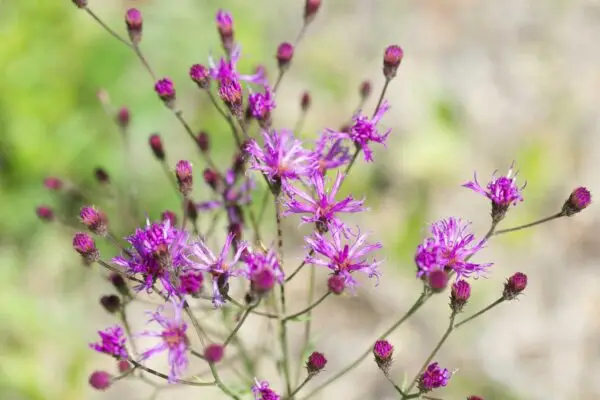
Giant Ironweed
Vernonia gigantea
- Super tall, topping out at 7-10′
- Happy in a wide range of water conditions, from dry to wet
- Flowers are more airy on thin stems
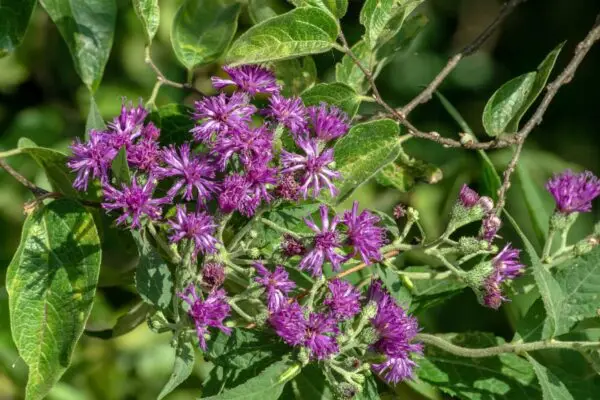
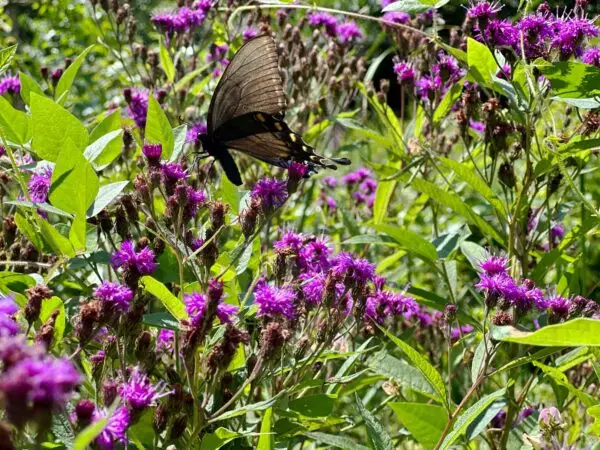
New York Ironweed
Vernonia noveboracensis
- Super tall: 8-10′!
- Prefers full sun and moist soil
- Blooms for a month or two at the end of the summer
How to grow ironweed
Ironweeds are perfect for those sunny areas that consistently get water—in nature, they’re found on the sides of streams and lakes. You might have an area that’s low and collects water after rainfall. Or, perhaps you have an area that’s full sun where your drainspouts end. These are the types of areas where ironweed will thrive.
If you’re looking for native plants that can take full sun and consistent moisture, we recommend pairing Ironweed with native flowers like Joe Pye Weed, milkweed, and native asters.
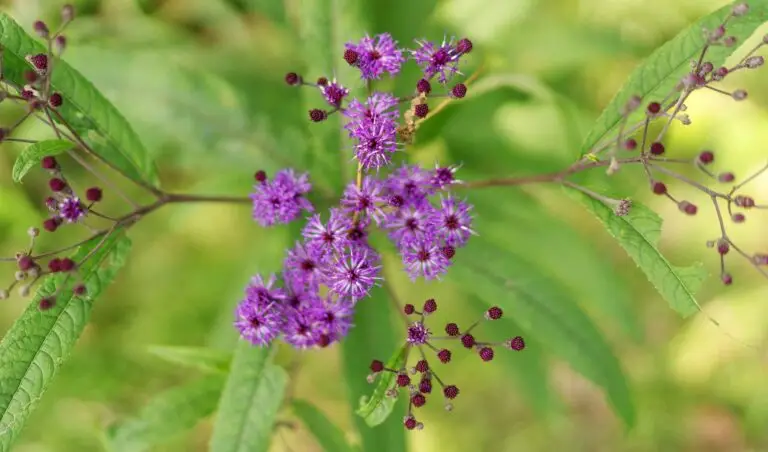
Where ironweed shines in your yard
Ironweed is a natural showstopper for spots that get full sun and consistent moisture. In the wild, you’ll find it along streams, ponds, and low-lying fields—and it brings that same bold energy into a garden. Because it can grow anywhere from 4 to 10 feet tall (depending on the species), ironweed belongs in the back or center of a bed, where its strong stems and purple flower clusters create height and drama. Pair it with other moisture-loving natives like Joe Pye Weed, Swamp Milkweed, or Cardinal Flower to build a layered pollinator haven.
Have lots of space?
And want to stop traffic? Plant a drift of ironweed against a backdrop of grasses—those jewel-toned blooms look electric against golden fall foliage.
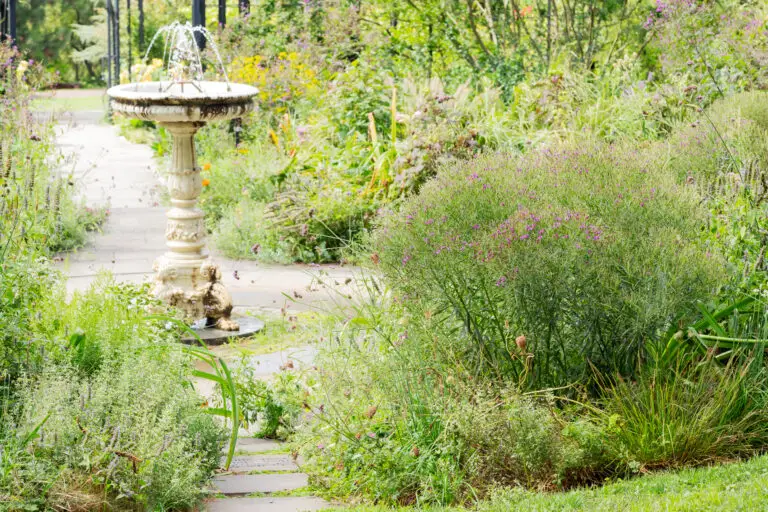
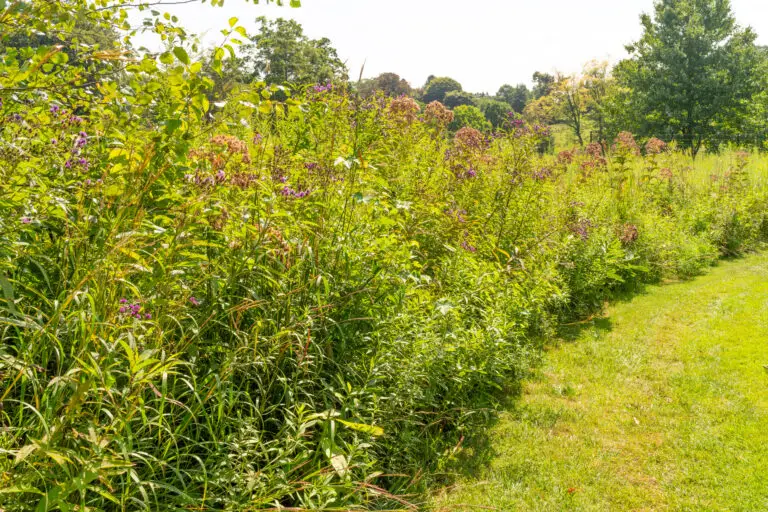
Where can I find ironweed for my garden?
The truth is that finding a specific native plant can sometimes be challenging. Most conventional nurseries only stock the most well-known native flowers (Black-Eyed Susans and Purple Coneflowers) and the rest is non-native.
But don’t give up! Here are four other options to help you find ironweed in your area:
Where can I find seeds and plants?
Finding native plants can be challenging (we partly blame Marie Antoinette.) To make it easier, we’ve assembled four sourcing ideas.
300+ native nurseries make finding one a breeze
Explore 100+ native-friendly eCommerce sites
Every state and province has a native plant society; find yours
Online Communities
Local Facebook groups are a great plant source
Where did the name ironweed come from?
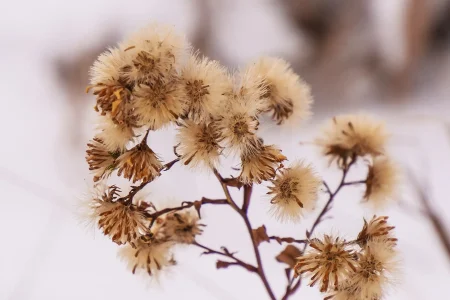
The backstory of the name ‘ironweed’ is not clear-cut. Some sources say it comes from the rigidity of ironweed’s stems, while others say the name comes from the rust-colored hairs on ironweed seeds.
Yep. The name probably comes from these tiny, inconsequential details. Why are these statuesque purple flowers not called Amethyst Towers or Soaring Lilac?
Quick backstory on the Latin name Vernonia
Now that we have brought up names, let’s spend a moment on ironweeds’ shared genus, Vernonia. It’s named for British botanist William Vernon, who visited Maryland just once in 1698 to collect plants. According to the British Bryological Society, “Nothing is known of his later years, or of when or where he died.”
Sadly, many beautiful North American native plants have Latin names drawn from Europeans (and always white, male). Black-eyed Susans (Rudbeckia) and Magnolias have similar womp-womp backstories.
What to plant with ironweed
Ironweed is a fantastic companion to other plants that like full sun and consistently wet conditions, like Buttonbush, Cardinal Flower, Swamp Milkweed, and Mountain Mint. For more inspiration, visit our Native Plants for Rain Gardens.
Ironweed is a perfect end-of-season bloomer for sunny, consistently wet gardens. Because they are perennials, you can plant them once and enjoy them for years. Their height makes them stunning flowering towers; give them a place to shine in your garden alongside shorter native plants. They are also great ideas for rain gardens—explore our Best Native Plants for Rain Gardens if you’d like more water-friendly inspiration. Or laugh at Terrible Names, Beautiful Native Plants. Happy planting!
Sources
- Nelson, Gil. Best Native Plants for Southern Gardens: A Handbook for Gardeners, Homeowners, and Professionals, (2010).
- Harstad, Carolyn. Go Native! Gardening with Native Plants and Wildflowers in the Lower Midwest. (1999), 209-210.
- Pyle, Robert Michael. Gardening for Butterflies: How You Can Attract and Protect Beautiful, Beneficial Insects. (2016), 121.
- Johnson, Terry. “Out My Backdoor: Ironweed, a Native Beauty.” Georgia Department of Natural Resources Division.
- Missouri Department of Conservation. “Ironweeds Field Guide.”
- Kulhanek, Ashley. “You Can Never Have Too Much IRONWEED! Part 1.,” Ohio State University, Buckeye Yard and Garden Online. August 15, 2023.
- Lobstein, Marion. “New York Ironweed (Vernonia Noveboracensis),” Prince William Wildflower Society. October 21, 2020.
- Wikipedia contributors. “Vernonia.” Wikipedia, August 3, 2024. https://en.wikipedia.org/wiki/Vernonia.
- “Vernon, William (C. 1666-1711) on JSTOR.” Plants.Jstor.Org.
- Lawley, Mark. William Vernon, British Bryological Society. (PDF).
What if your feed was actually good for your mental health?
Give your algorithm a breath of fresh air and follow us.
